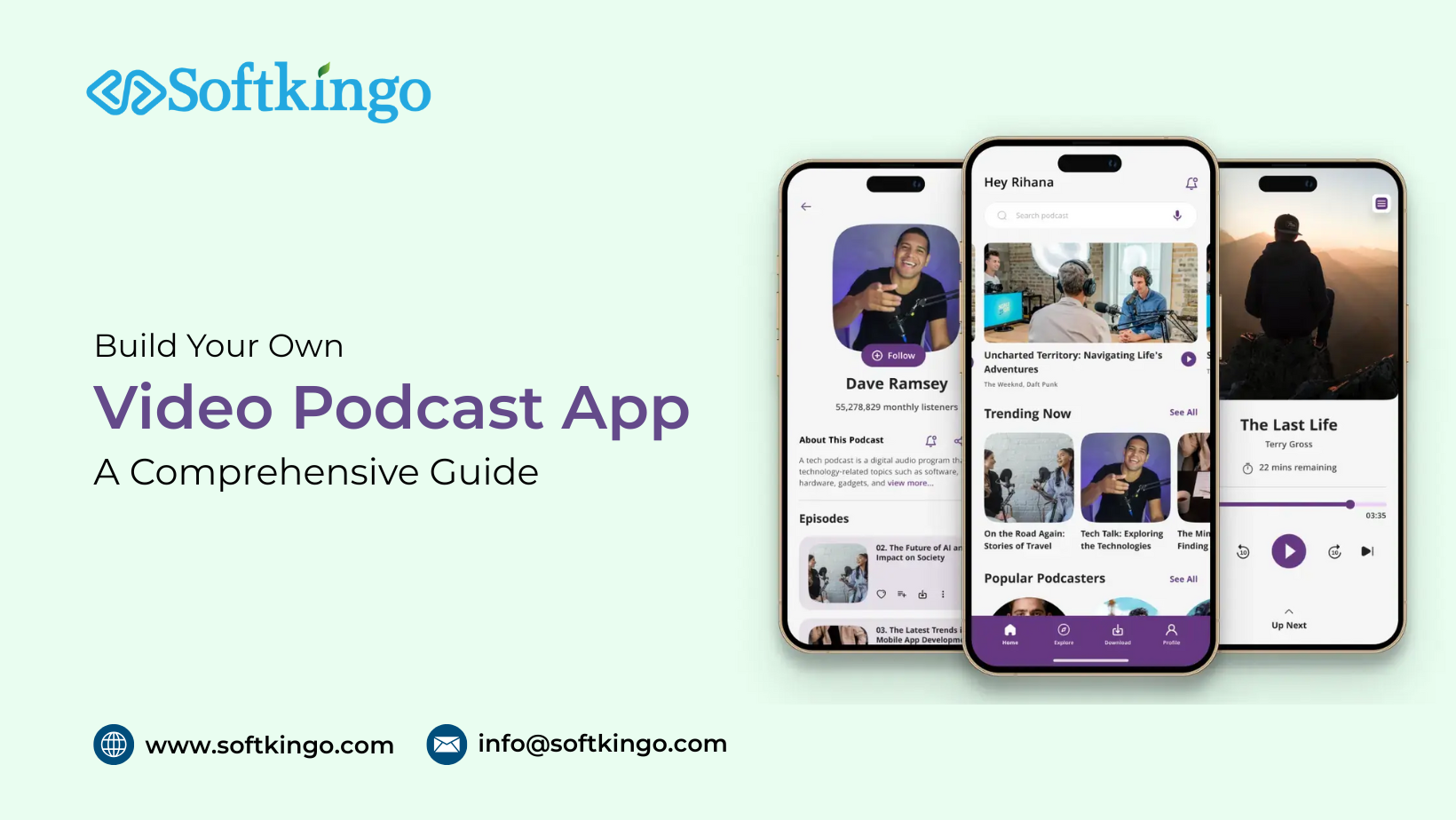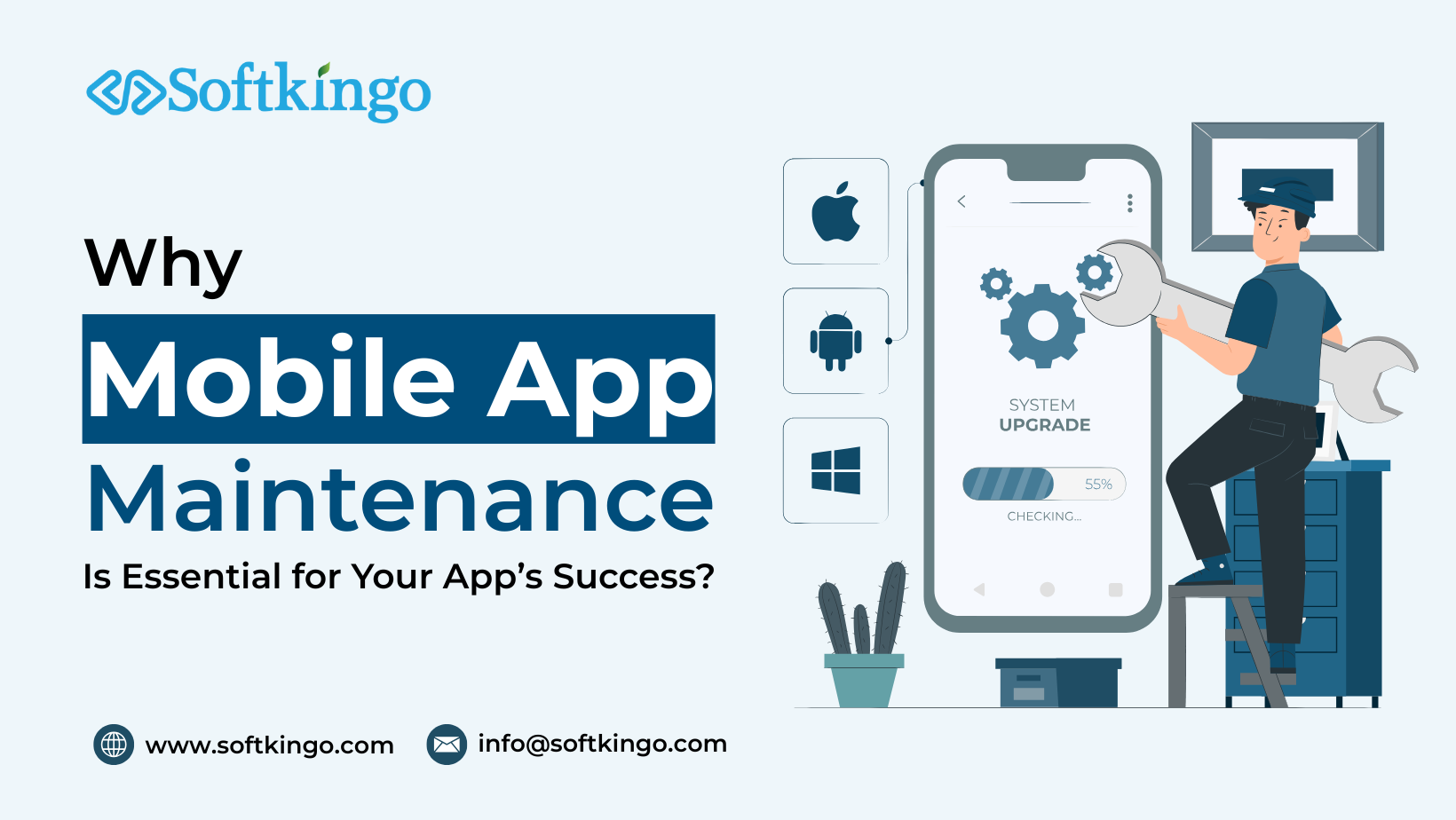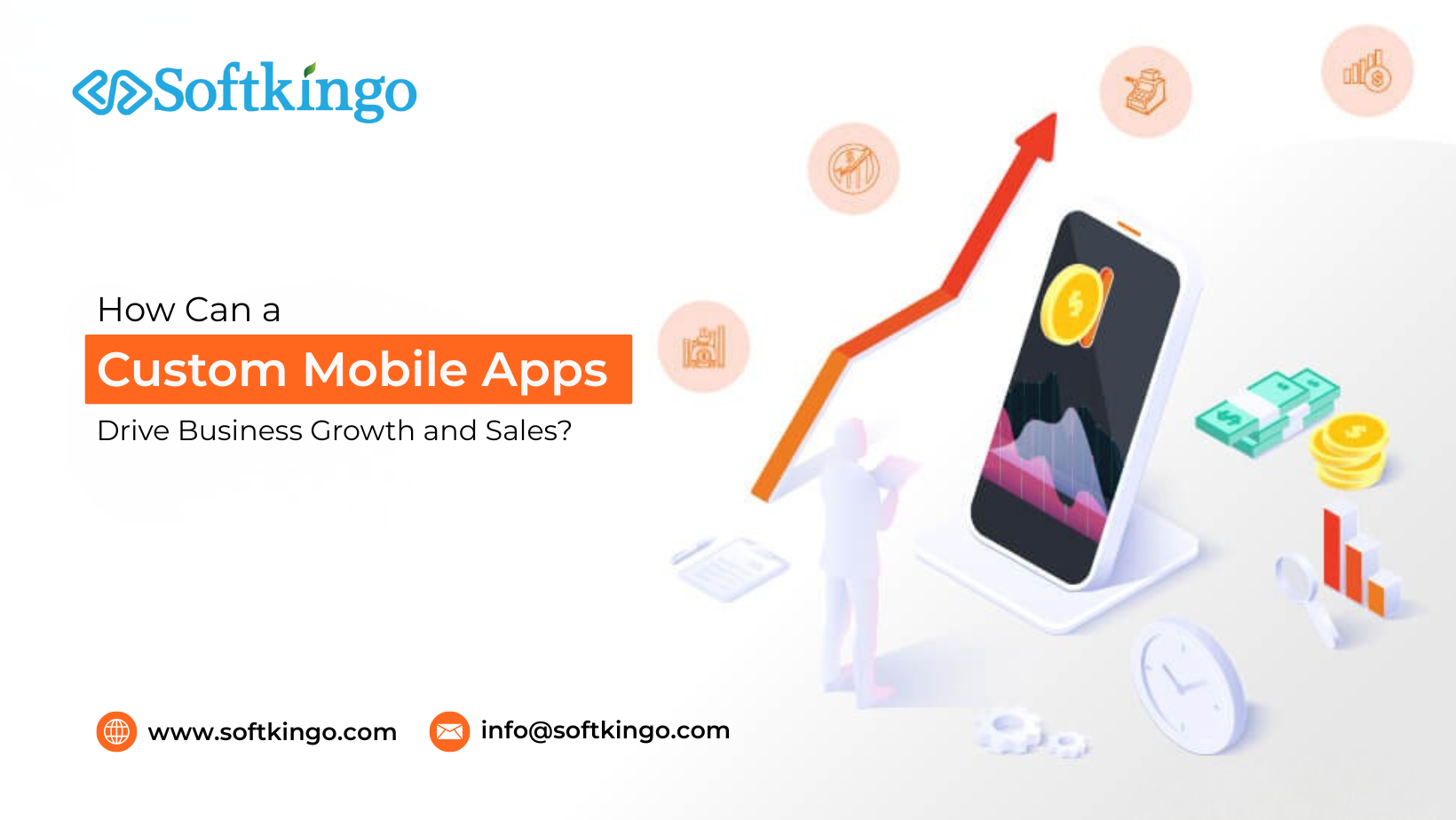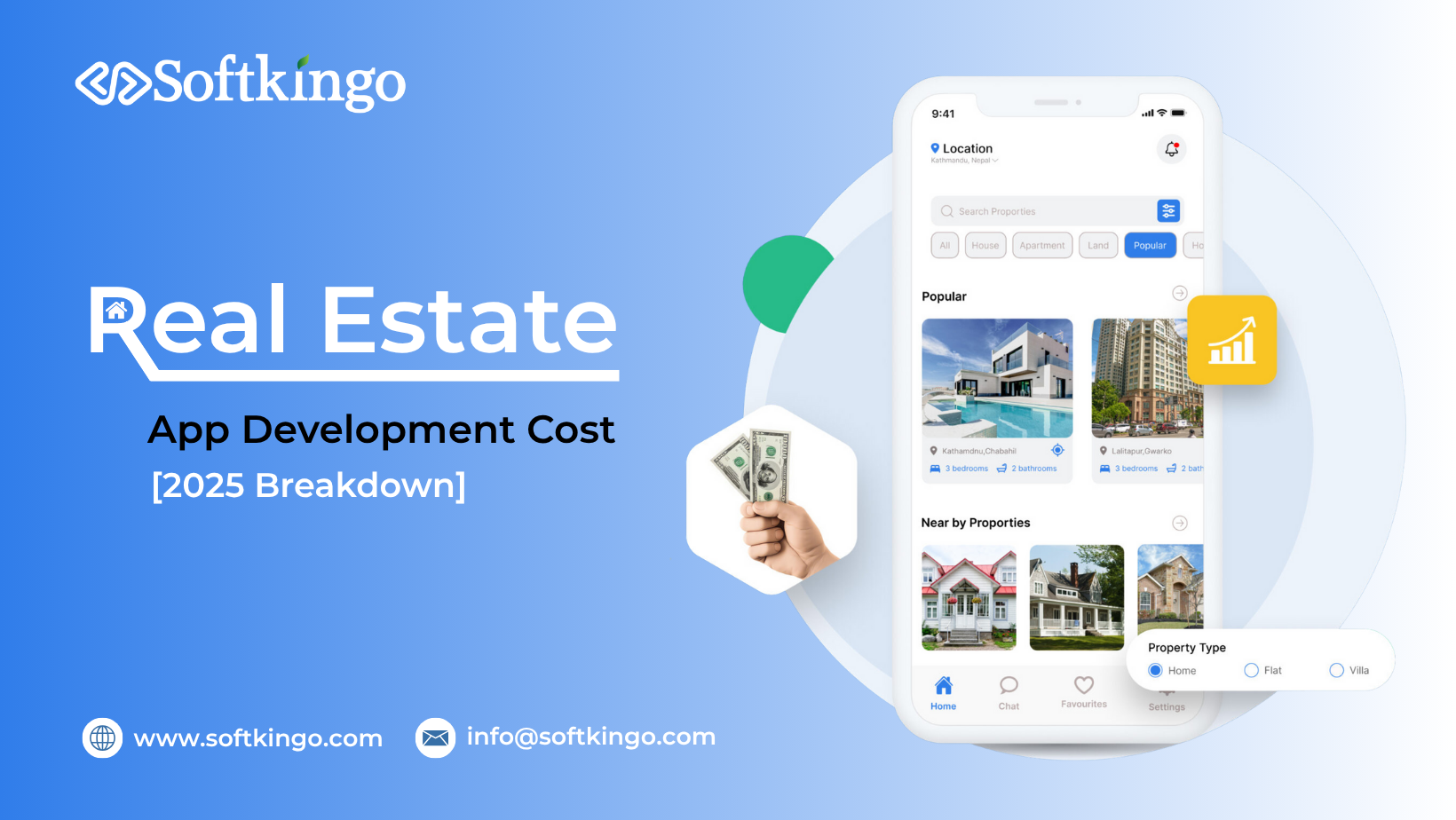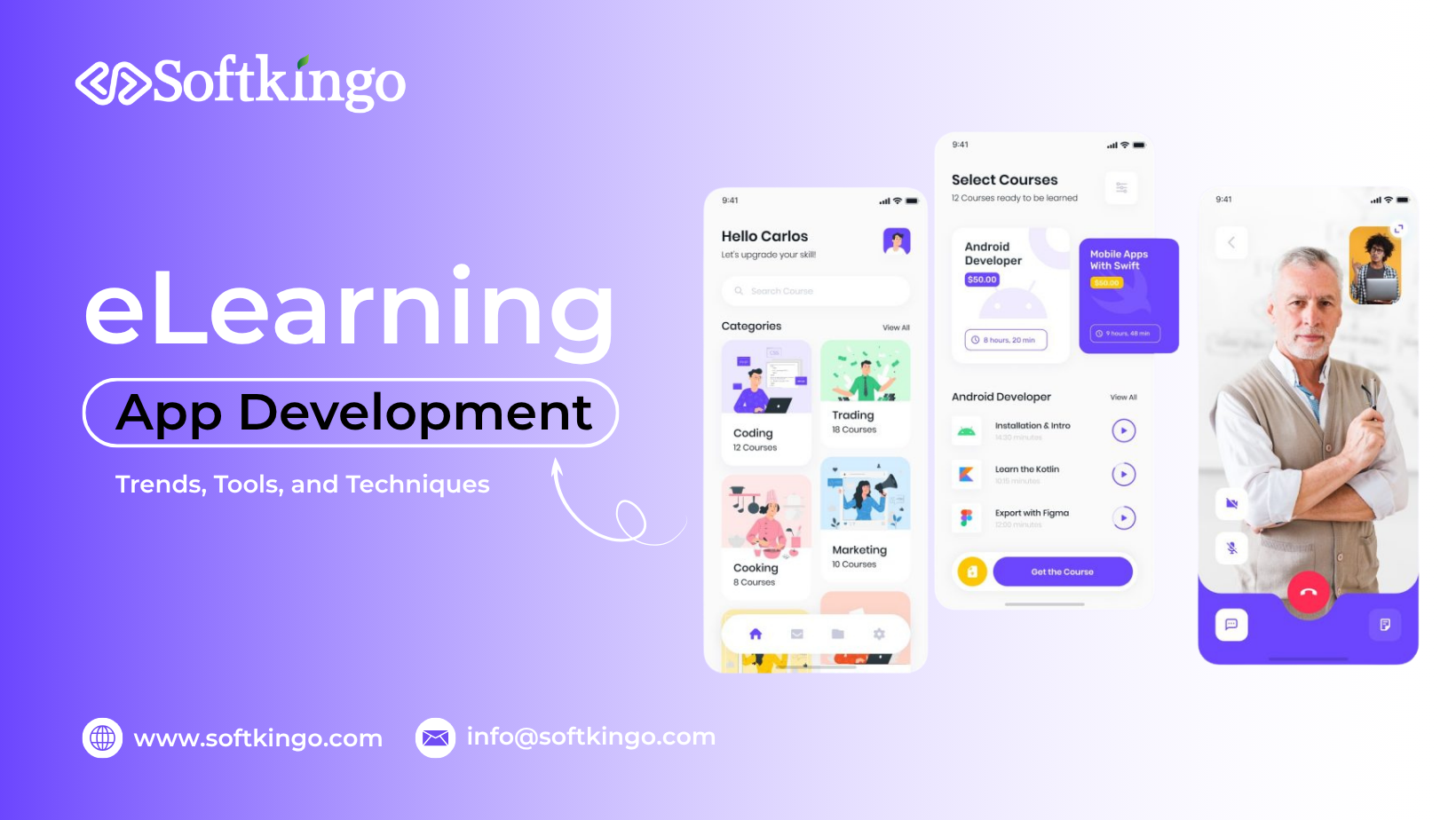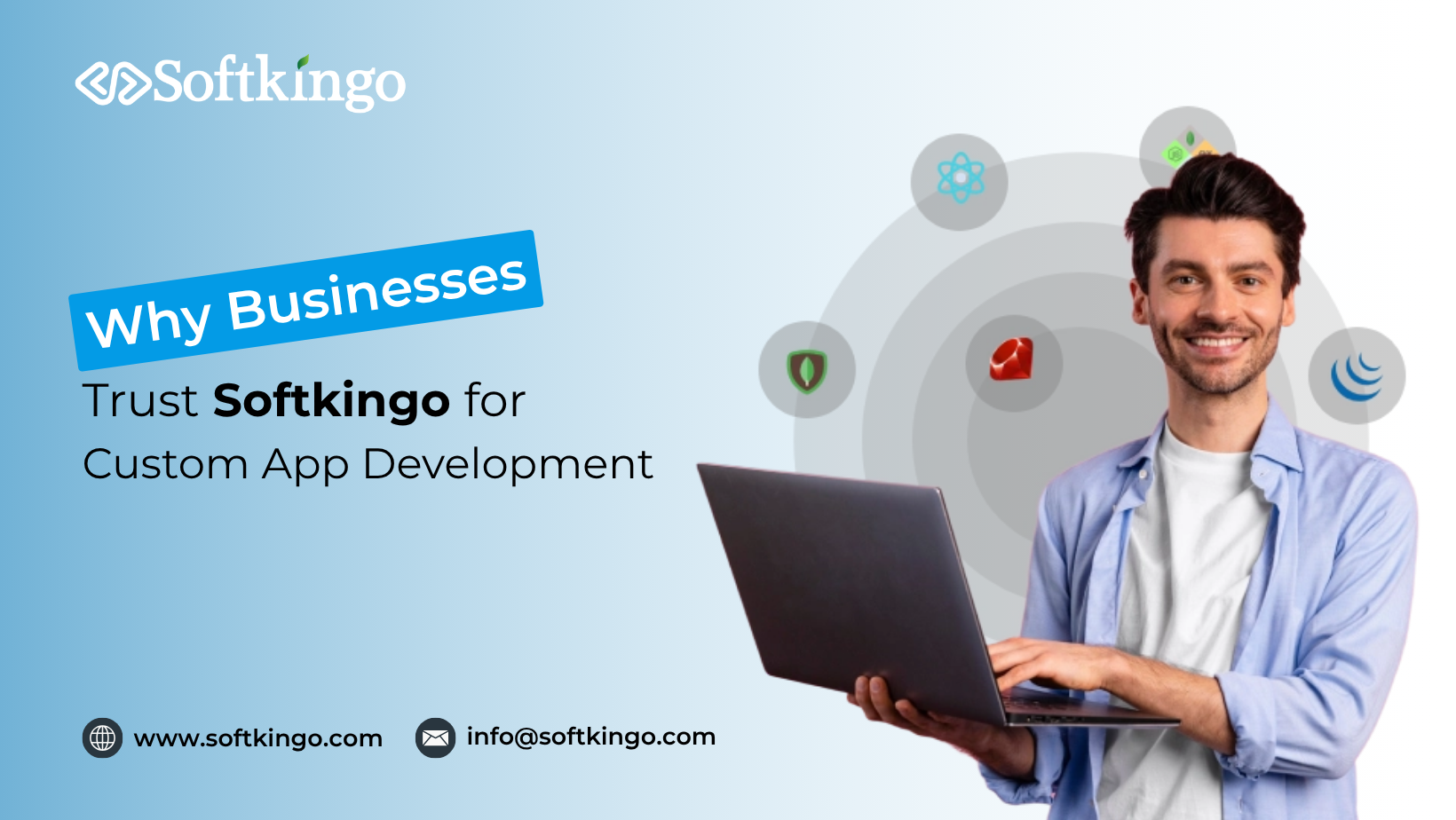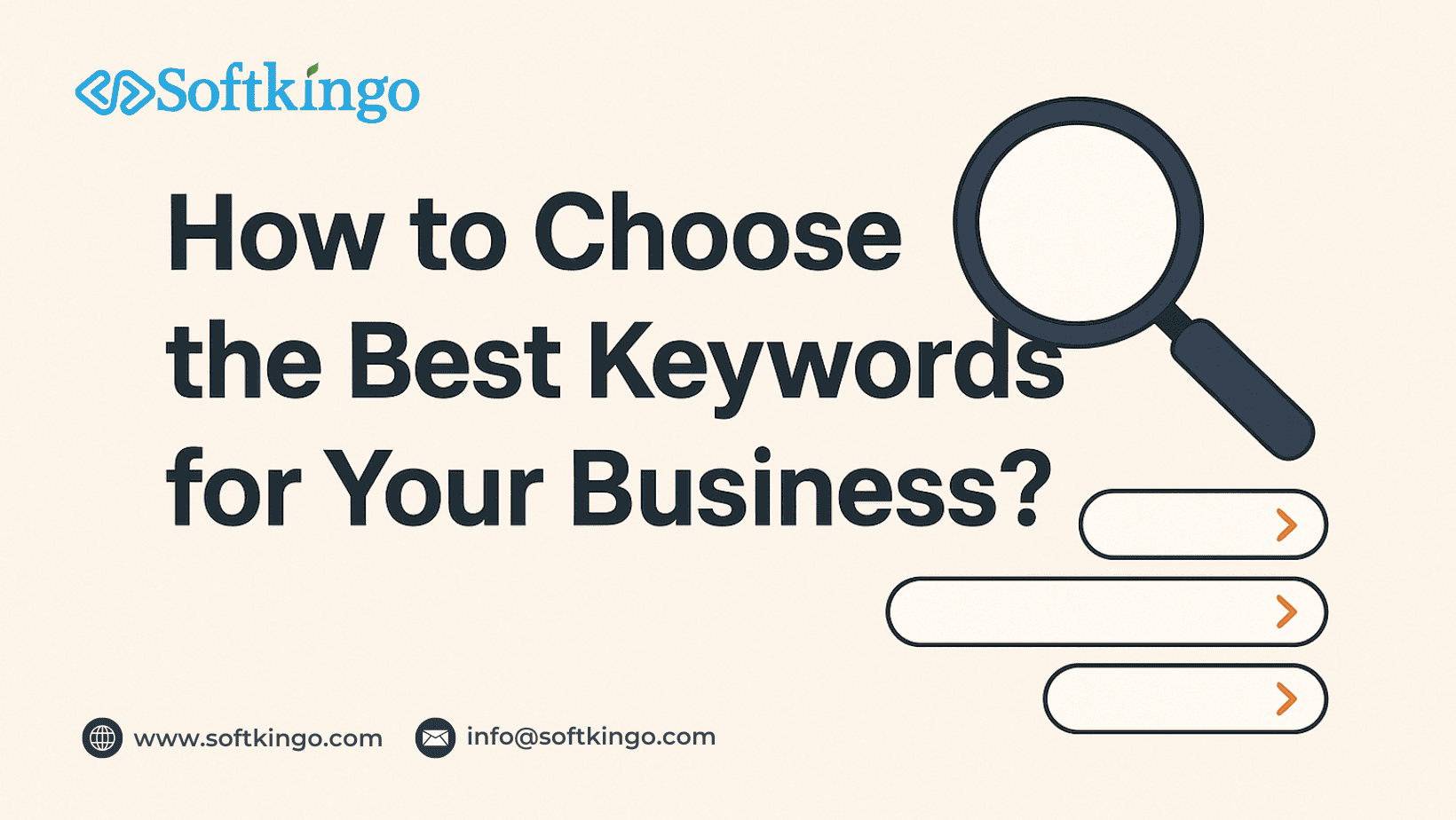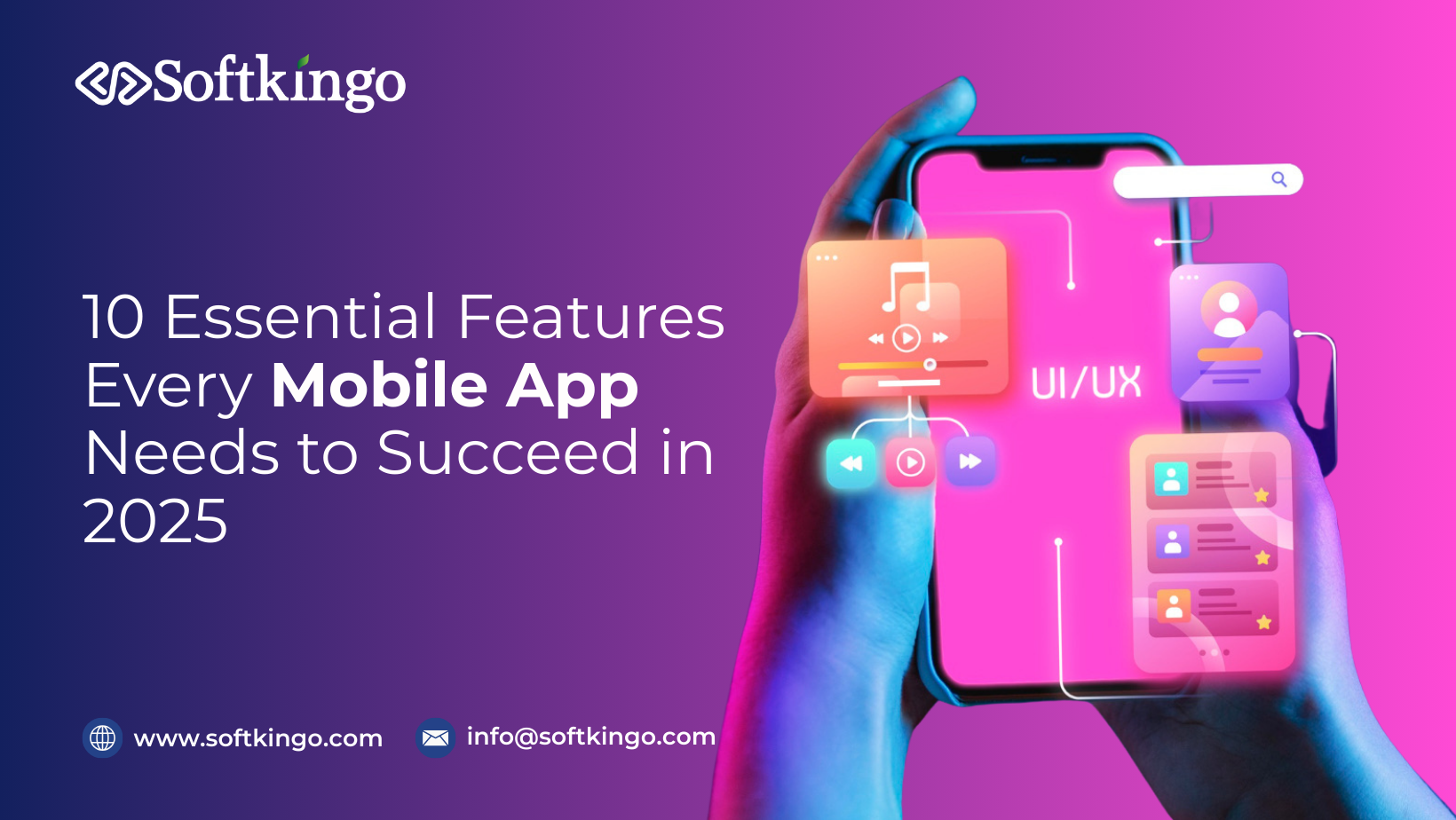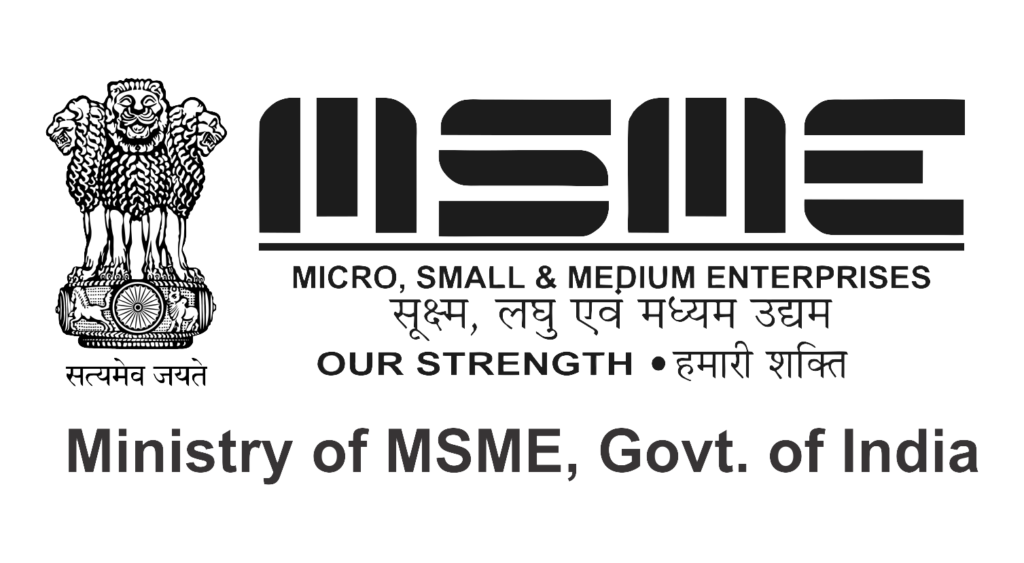Custom CRM Development Cost: How to Control Costs and Maximize Results
- 26 September 2025
-
 Paramhans Singh
Paramhans Singh
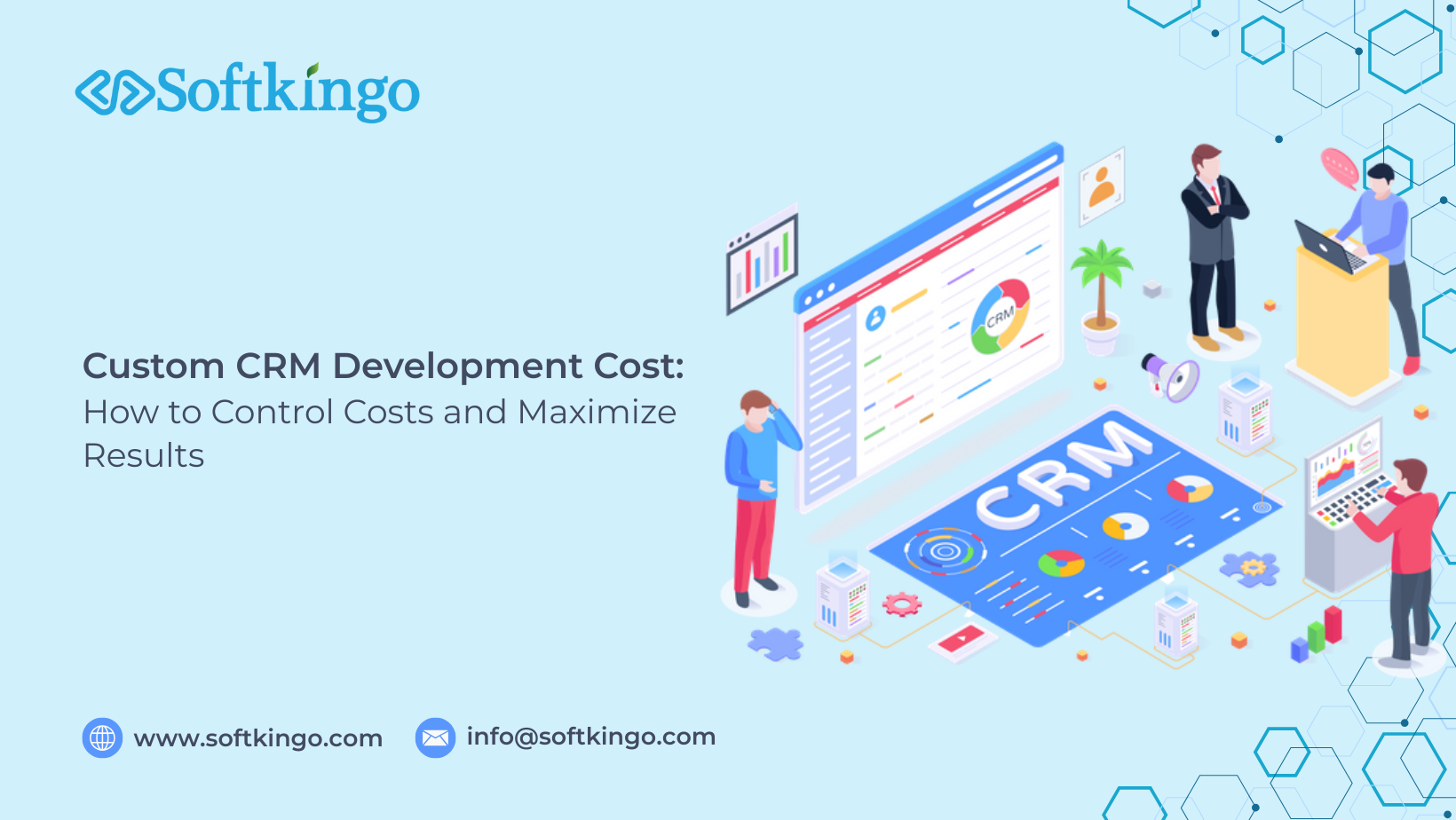
Owning a customer relationship management (CRM) system significantly improves your business operations, but it often comes at a price.
This guide explains the factors that can affect custom CRM development costs and how to optimize them.
Key Points
- Custom CRM software costs vary widely. Basic systems start at $30,000 to $50,000, while complex enterprise solutions can exceed $250,000.
- Cost factors include project scope, feature complexity, platform selection, integration, data migration, and security measures.
- While pre-packaged CRM systems offer rapid implementation, custom solutions offer tailored features and long-term savings.
- Outsourcing can offer significant cost savings and access to specialized expertise, but it requires careful partner selection. Cost-effective strategies include using a minimum viable product (MVP), leveraging open source technologies, and implementing agile development methodologies.
Factors Affecting the Cost of Custom CRM Development
Understanding the factors affecting the cost of custom CRM software helps you make informed decisions and allocate your resources. Let’s analyze six key factors.
1. Project Scope and Feature Complexity
The scope of your CRM system will significantly impact development costs. Implementing basic features is relatively simple, but more advanced features will increase the overall cost.
Factors that increase complexity include:
- Logical Complexity: Implementing complex data processing rules, decision-making algorithms, and custom calculations.
- Event Management: Sophisticated event-driven structures that respond to user actions or system triggers in real time.
- Logging and Auditing: Systems for tracking user activity, system changes, and data.
- Sales Funnel Automation: Multi-step customer journeys, conditional logic, and personas.
- Role-Based Access Control: Detailed permissions and dynamic access control.
Analytical calculations: Predictive modeling, trend analysis, or custom KPI calculations. Report generation and storage. Customizable templates, real-time data visualization, and historical reports.
This table illustrates the impact of complexity levels on cost, schedule, and feature scope:
| CRM complexity | Estimated cost range | Development time | Key features |
| Simple | $75,000–$98,000 | 4–6 months | Basic contact management Simple sales pipeline Email integration Basic reporting |
| Medium | $98,000–$140,000 | 6–9 months | Advanced contact management Complex sales pipeline Marketing automation tools Custom integrations Advanced reporting and analytics |
| Advanced | $140,000– $180,000+ | 9–12+ months | AI-driven insights Predictive analytics Complex workflow automation Multiple third-party integrations Advanced security features Scalable architecture |
2. Platform Considerations
While online Customer Relationship Management (CRM) systems are the traditional choice, mobile CRM applications are gaining increasing popularity among sales and field teams working continuously.
Our Experience
An agricultural machinery company was burdened with paperwork. Sales reps were carrying heavy files, taking notes, and moving quickly around the office.
To solve these problems, the company decided to build its own CRM system and turned to Softkingo.
By focusing on core features and leveraging React Native for cross-platform compatibility, we completed the project in approximately three months. The client’s $50,000 investment enabled us to create a mobile app for sales reps and a web dashboard for administrative managers.
The key features of a custom CRM software are:
- Mobile access to customer information,
- Offline capability for remote areas,
- Real-time data synchronization,
- Route planning,
- Instant reporting,
- Adding images and files to customer profiles.
Custom CRM systems reduced paperwork and manual data entry, increasing operational efficiency. Communication between field and back-office teams became smoother. The system also improved data accuracy and facilitated access to information, facilitating decision-making.
Offline capability was a key feature, essential for company representatives operating in areas with poor connectivity. The CRM system also included tools for route optimization and resource allocation, increasing overall productivity and profitability.
However, developing a mobile CRM system requires a larger budget compared to web-based solutions. This cost difference depends on the need to develop native applications for both operating systems (iOS and Android), ensure offline functionality, and optimize them for different screen sizes and device capabilities.
3. Integration Requirements
Integration with existing business systems enhances the value of a custom CRM system. The complexity and number of integrations significantly impact development costs. Common integrations include enterprise resource planning (ERP) software, marketing automation, customer service, and accounting tools.
Connecting these systems allows you to operate more efficiently and view all customer information in one place. Careful planning and prioritizing integrations can help balance costs and business benefits in the long run.
| Integration complexity | Estimated cost range | Development time | Examples |
| Basic | $1,500–$2,500 | 1–2 weeks | Simple email marketing tools, basic CRM plugins |
| Moderate | $4,000–$6,000 | 2–4 weeks | E-commerce platforms, standard accounting software |
| Complex | $6,000–$10,000+ | 4–6 weeks | ERP systems, custom BI tools |
| Custom API Development | $15,000–$50,000+ | depends on the case | Proprietary systems, complex data transformations |
4. Data Migration and Security Measures
The complexity of data migration and security measures is often underestimated, as is their impact on overall costs.
Migrating existing customer data to a new Customer Relationship Management (CRM) system requires careful planning and execution. Costs vary depending on the size and complexity of the data, as well as the need for data cleansing and consolidation.
Security measures are equally important for protecting customer information and complying with industry regulations such as the General Data Protection Regulation (GDPR) and the California Consumer Privacy Act (CCPA).
5. Scalability and SustainabilityA scalable architecture that allows your CRM system to grow as your business grows may require a larger initial investment, but it will yield significant savings in the long run.
For example, cloud CRM solutions typically allow you to pay only for the resources used. This approach reduces initial infrastructure costs and allows flexibility to adapt to fluctuations in data volume and user load.
Implementing a microservices architecture or an API-first design can increase initial development costs but also reduce the costs associated with subsequent expansions and upgrades. These approaches favor modular development, allowing features to be added or modified without having to redesign the entire system.
6. Development Team Experience and Location
Choosing a development team is another important aspect to consider when calculating the cost of a custom CRM project. While outsourcing development can provide significant cost savings, the overall financial situation must be taken into account.
Experienced teams, regardless of location, charge higher fees, but they often deliver more efficient services. This experience can translate into fewer billable hours and lower maintenance costs in the long run, offsetting the higher initial cost.
Offshore development can also generate additional expenses related to communication tools, project management fees, and potential restructuring due to misunderstandings. If mismanaged, time differences can also impact project timelines and costs.
How much does it cost to develop a custom CRM system? Calculating the costs of developing a custom CRM system requires a detailed assessment of each project phase. Let’s break down the key phases and their associated costs.
Note: These figures are approximate and may vary depending on your specific needs and the selected development partner. To receive a free quote, please fill out the form.
1. Discovery Phase
Team Involved: Business Analyst, Project Manager
Estimated Cost: Free – $3,000
Duration: 1-2 Weeks
The Discovery Phase involves gathering and analyzing business needs, defining the project scope, and developing a detailed roadmap. A thorough discovery process helps avoid costly mistakes later in the development cycle and ensures that the CRM solution aligns with business objectives.
To gain a detailed understanding of operational processes and challenges, we recommend interviewing employees who will actually use the CRM system. These experienced employees can provide valuable insights into daily challenges and areas for improvement. This approach helps uncover hidden gaps and ensures that the CRM system solves real problems.
Key Activities:
- Interviews and workshops with stakeholders,
- Analysis and documentation of current processes,
- Prioritization and validation of requirements,
- Design of a high-level architecture,
- Risk assessment and mitigation planning,
- Project schedule planning and resource allocation.
Our Experience
When a client approached us with the initial concept for the JourneyVerse travel app, they were unaware of the potential obstacles and opportunities. The exploration phase saved them nearly $40,000 and gained valuable insights throughout the project.
Contrary to initial assumptions, the primary users were young women who preferred detailed trip planning. This insight led to the development of a more focused and effective product strategy.
With these insights, the team were able to prioritize MVP features with precision, backed by feedback from real users. We focused on essential functionalities like travel itinerary creation, pre-made attraction selections, and a travel diary. This targeted approach ensured that development resources were allocated to the most impactful elements of the app.
2. Architecture Planning
Team Involved: Solution Architect, Database Engineer
Estimated Cost: $2,000–$5,000
Timeframe: 3–5 weeks
This phase involves a thorough analysis of business processes, data flows, and integration requirements. The team works to create a comprehensive architectural design that meets the current needs of CRM while also allowing for future growth and adaptability.
Key Activities:
- Defining system components and their interactions,
- Selecting the appropriate technology stack,
- Creating the database schema and data flow diagram,
- Designing API structures and integration points,
- Planning for scalability and performance optimization.
3. UI/UX Design
Team Involved: UI/UX Designer, Frontend Developer
Estimated Cost: $5,000–$20,000
Timeframe: 4–7 weeks
This phase runs alongside architecture planning and focuses on creating an intuitive, efficient, and engaging interface. The process begins with user research and persona development to understand the goals, problems, and preferences of end users.
The designers then create wireframes, which serve as low-fidelity blueprints of the CRM’s structure and functionality. High-fidelity mockups are then created, including branding elements, color schemes, and typography. Interactive prototypes are developed to simulate the user experience, giving stakeholders the opportunity to test the CRM design.
As a result, the design team creates a UI kit containing reusable components, style guidelines, and interaction patterns to ensure design consistency.
Throughout this process, designers work closely with frontend developers to ensure that proposed designs are technically feasible and optimized for performance.
Key activities:
- User research and persona creation.
- Information architecture design.
- Wireframing and user flow mapping.
- High-fidelity mockup development.
- Interactive prototype creation.
Our Experience
While working on BioGeek, a healthcare app, we prioritized user experience and functionality and created a seamless interface for both web and mobile platforms. Key design elements include a dashboard with medical information and strategic use of color to highlight important data.
The design team created wireframes, developed the UI/UX, and created interactive prototypes. We selected a new color palette of green and purple, which makes BioGeek stand out from competitors while maintaining a professional healthcare aesthetic. This resulted in a user-friendly interface that simplified health monitoring and allowed users to easily track their lab tests.
4. Backend and Frontend Development
Team Involved: Backend Developers, Frontend Developers, DevOps Engineers
Estimated Cost: $52,000–$145,000+
Timeframe: 12–32 Weeks
The backend and frontend development phase is where the system’s functionality comes to life. This phase is typically the most extensive and resource-intensive, reflecting the complexity and scope of the required features.
Backend developers focus on creating database structures, implementing business logic, and setting up secure API endpoints. Meanwhile, frontend developers transform UI/UX designs into interactive, responsive interfaces. DevOps engineers prepare the necessary environments and ensure a smooth deployment process.
Key activities:
- Database design and implementation,
- API development and documentation,
- Business logic implementation,
- User interface component development,
- Integration of frontend and backend systems,
- Performance optimization and security enhancements,
- Automated testing implementation,
- Continuous integration and deployment setup.
Our Experience
Developing the fitness app was initially estimated to take 1,200 hours, but we later realized it would take approximately 2,000 hours. To meet the deadline, we outlined some features and agreed to implement them later as separate tasks. This improved the estimation process, including involving the team lead and CTO in more detailed estimates.
The team used the Scrum methodology, dividing the project into 2-week sprints. This approach provided flexibility in adding or removing features during the development process.
5. Third-party integrations
Team involved: backend developers, integration specialists
Estimated cost: $10,000–$50,000
Timeline: 2–8 weeks
During this stage, integration specialists work closely with backend developers to ensure seamless data exchange, implement necessary security measures, and optimize performance. They also focus on creating error handling and logging mechanisms to maintain system stability.
The cost and timeline for this phase can vary greatly depending on the number and complexity of integrations required, as we discussed earlier.
Key activities:
- API analysis and documentation review,
- designing integration architecture,
- developing and testing API connectors,
- implementing data mapping and transformation logic,
- setting up authentication and security protocols,
- conducting thorough integration testing,
- creating fallback mechanisms and error handling procedures,
6. Testing
Team involved: QA engineers, developers
Estimated cost: $14,000–$32,000
Timeline: parallel with development
Although we count testing as a separate phase, it is actually conducted in parallel with the development. QA engineers work closely with developers to prioritize and resolve issues, ensuring a stable and high-quality CRM solution. The iterative nature of testing helps identify and resolve potential issues at their roots.
Key activities:
- developing comprehensive test plans and cases,
- automated testing implementation for repetitive tasks,
- manual testing for complex scenarios and user experience evaluation,
- security testing to identify vulnerabilities,
- cross-browser and cross-device compatibility testing,
- accessibility testing to ensure compliance with standards,
- regression testing after bug fixes or feature additions.
7. Deployment and support
Team involved: DevOps engineers, support specialists
Estimated cost: $1,000–$2,000 (initial deployment)
Timeline: 1–2 weeks for deployment, ongoing for support
Finally, DevOps engineers start the deployment process, configuring production environments, setting up monitoring tools, and implementing backup systems.
The cost of maintaining an app significantly depends on the type of support you choose for your custom CRM:
Basic maintenance: This level of support focuses on essential system upkeep. It includes bug fixes, server load management, and minor scalability enhancements. Basic maintenance ensures your CRM remains secure, operational, and stable. The cost for this type of support is generally lower, often ranging from 15-20% of the initial development cost annually.
Ongoing support and development: In addition to routine upkeep, it involves implementing new features, design updates, product analytics configuration, and backlog management for product hypotheses. The cost for comprehensive support is higher, typically 20-30% of the initial development cost annually, but it offers greater long-term value and system longevity.
Key activities:
- configuring and optimizing production environments,
- implementing monitoring and alerting systems,
- conducting final security audits,
- creating user documentation and training materials,
- establishing support protocols and channels,
- conducting user training sessions,
- implementing feedback mechanisms for continuous improvement.
Choosing the right CRM development approach
When considering CRM solutions, businesses often face the choice between off-the-shelf products and custom development. Let’s examine both options.
Off-the-shelf solutions
Ready-made solutions have gained popularity because of their accessibility and rapid deployment capabilities. These pre-packaged CRM platforms offer a standardized set of features designed to meet the needs of a broad range of businesses.
Their popularity is evident in the widespread adoption of platforms like Salesforce, which boasts usage by over 150,000 companies worldwide.
Custom CRM development
Unlike off-the-shelf options, custom CRM solutions are crafted to align with specific business needs. They offer a range of benefits that can significantly enhance operational efficiency and competitive advantage.
If your business has unique processes, or you’re seeking a competitive edge, the investment in a custom CRM will show substantial long-term benefits.
Strategies for Developing a Custom CRM at an Affordable Price
Let’s take a look at some key tips to improve your custom CRM development process without compromising quality or performance.
1. Minimum Viable Product (MVP) Approach
The minimum viable product (MVP) approach to custom CRM development focuses on creating a baseline version with essential features. By prioritizing features based on their direct business value and ROI potential, the CRM can be developed in phases, spreading costs over time.
2. Outsourcing vs. In-House Development
Outsourcing custom CRM development services is often a strategic advantage. This approach provides access to a global pool of subject matter experts, accelerating the development process through established processes and teamwork.
Outsourcing partners offer in-depth project expertise that can significantly improve CRM system performance and user experience.
In-house development provides better oversight, integrates with company culture, and allows for faster iterations. It also leverages internal expertise, but it can be more expensive and time-consuming, resulting in additional staffing and salary costs.
3. Open Source Technologies
Open source technologies generally reduce licensing costs. They provide access to off-the-shelf components and integrations, speeding up development and improving functionality.
Open source solutions often benefit from community improvements, ensuring continuous development and security updates. They also offer greater flexibility for customization and scalability.
4. Agile Development
The Agile approach emphasizes flexibility, iterative progress, and continuous collaboration between developers and stakeholders. By dividing the project into small, manageable phases, the Agile approach ensures consistent deliverables and enables rapid adaptation to changing business needs.
Agile facilitates risk management by identifying and resolving issues early in the development cycle.
5. Preparing for the First Meeting
To ensure a productive first meeting about custom CRM software development, we recommend preparing the following key points:
Clearly describe the challenges you face with your current system. What problems do you want to solve with the new CRM? Define how this system will improve your business processes. What specific outcomes are you aiming for?
Plan a projected budget: This will enable you to design the solution to fit your financial criteria.
Describe the ideal CRM system for you: What key features do you need to support your specific business processes?
Preparing these points will help the team quickly understand the scope of your project and provide an accurate quote.
How to Choose a Custom CRM Development Company
This choice goes beyond technical skills. It’s about finding a team that aligns with your business vision and is capable of providing you with a customized solution. Here are the key factors to consider when choosing:
1. Review Client Testimonials and Case Studies
Review the company’s experience, particularly in your industry. Client testimonials and a detailed portfolio provide insight into their skills, approach to problem-solving, and ability to deliver results.
2. Evaluate Technical Experience and Knowledge
Don’t hesitate to request software samples or a technical evaluation to assess their capabilities. A company with diverse skills is able to deliver innovative solutions and adapt to changing project needs.
3. Evaluate Communication and Project Management Skills
Look for teams that prioritize transparency, regular updates, and collaborative problem-solving. Their ability to translate technical concepts into practical terms is essential to ensuring smooth collaboration.
4. Consider long-term support and maintenance services
Your CRM’s journey doesn’t end at deployment. Choose a partner who offers comprehensive post-launch support and maintenance services. This ensures your CRM remains up-to-date, secure, and aligned with your evolving business needs.
Conclusion
Remember that the true value of a CRM lies not just in its features, but in how well it aligns with your business processes and supports your growth objectives. With thoughtful planning and the right development partner, your custom CRM can become a cornerstone of your business success, driving efficiency, customer satisfaction, and competitive advantage for years to come.
Softkingo is ready to become your development partner. Fill out the form and get a free project estimation in 24 hours!
Paramhans Singh is the CEO and founder of Softkingo Technologies, bringing over 8 years of experience in delivering custom software solutions that help startups and enterprises achieve their business goals. He has successfully validated more than 220 app and website ideas and delivered over 100 tailored solutions, utilizing a range of technologies such as Swift, Kotlin, React Native, Flutter, PHP, RoR, IoT, AI, NFC, AR/VR, Blockchain, and NFTs.



